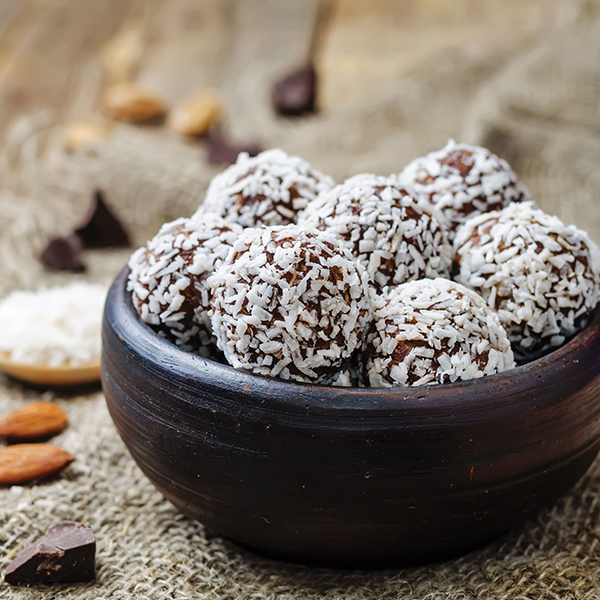


Sign-up for {N}power to get exclusive discounts, newsletters, members-only features, and more!

The coffee machine whirrs gently, roasted aromas waft through the kitchen, the mug warms your hands as you watch whisps of steam float upward—and then there’s the decadent flavor of this drink that enlivens the senses. It’s no wonder coffee is one of the most beloved beverages in the world. Whether it’s the morning ritual, the afternoon pick-me-up, or the after-dinner delicacy, coffee is always there for you. Choosing organic coffee makes these sweet moments all the sweeter.
One of the most commonly used herbicides in coffee production is glyphosate, aka Roundup.1 In 2015, the World Health Organization listed glyphosate as a probable carcinogen, and numerous studies have shown how it wreaks havoc on the human body’s nervous and endocrine systems, as well as the environment.2 3 Glyphosate isn’t good for the coffee plant either—exposure can lead to stunted growth, nutritional deficiencies, poor bean yield, and can make the plant more susceptible to disease.4 Life’s too short to drink coffee with pesticides. Treat yourself to that brain-boosting-French-pressed java, but be sure to make it organic!
What’s lovelier than a lounge in the shade with a good book and a cup of hot coffee in hand? It turns out coffee trees like a spot in the shade, too! Including canopy crops that provide cover for shade-grown varieties of coffee trees is one organic farming method that boasts a host of benefits. Shade has even been proven to help fight one of biggest threats to coffee crops—coffee rust, a fungus with a taste for coffee that wipes out the whole tree and causes billions of dollars of losses each year.5 6 Canopy crops also provide a home for a diversity of bird species who take on some of the pest management work. Their impact is so significant that even a single bird can save 23 to 65 pounds of coffee a year from pests.7 Organically farmed coffee is a win for biodiversity, and that’s a win for all!

Coffee trees originate in Ethiopia, where the world’s last remaining coffee forests grow. These forests are bursting with biodiversity and genetic diversity, but beyond the forest, coffee plantations—places where the coffee trees themselves are not genetically diverse—can be a vulnerable place for these trees. “The greater the genetic diversity of a plant species, the greater chances it has to adapt to [threats,]” writes Jeff Koehler, author of Where the Wild Coffee Grows, about the risks coffee farms face with a changing climate and more extreme weather patterns.8
The biodiversity fostered by organic farming methods, including canopies, crop cover, and eschewing synthetic inputs and pesticides, helps to protect coffee trees and build resilience through healthier soil and water systems. Even coffee pulp (a by-product of coffee growing) can help forests grow in degraded areas when used as a soil amendment, helping to increase soil health and promote plant growth, showing us another way that organic coffee farming can be a site of climate hope.9 Under the threat of climate change, choosing organic coffee to support healthier more resilient agricultural systems could not be more important.
Here’s to slow mornings and good coffee, organic of course, because coffee tastes better when it’s good4u!

These Espresso Energy Bites will give you a delicious little lift. Made with whole, real ingredients, they are a snap to put together and make a great snack. Not a fan of espresso? No problem! Just sub your favorite brewed Natural Grocers® Brand Organic Coffee and finely ground coffee for the espresso, or you can even sub decaf for a delicious treat without the buzz.



Sign-up for {N}power to get exclusive discounts, newsletters, members-only features, and more!